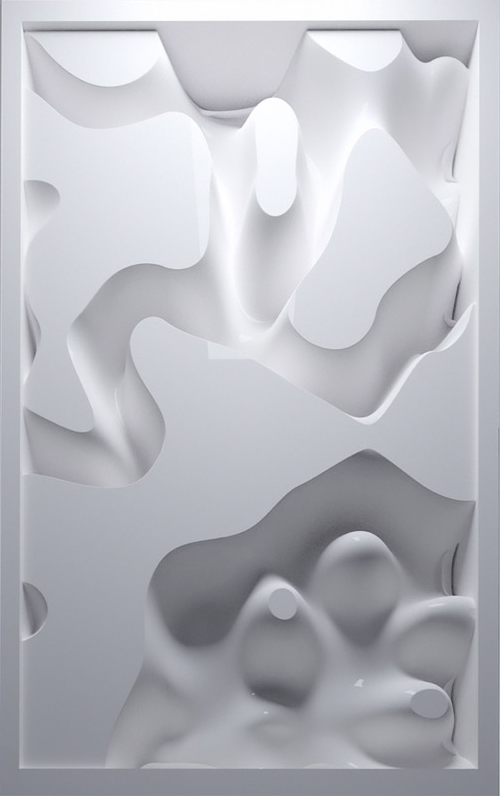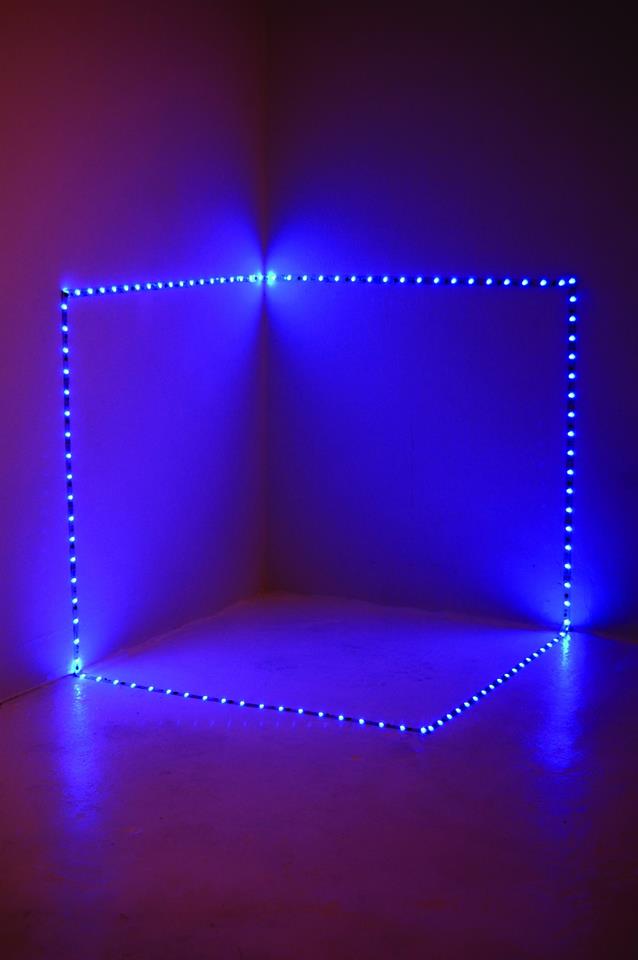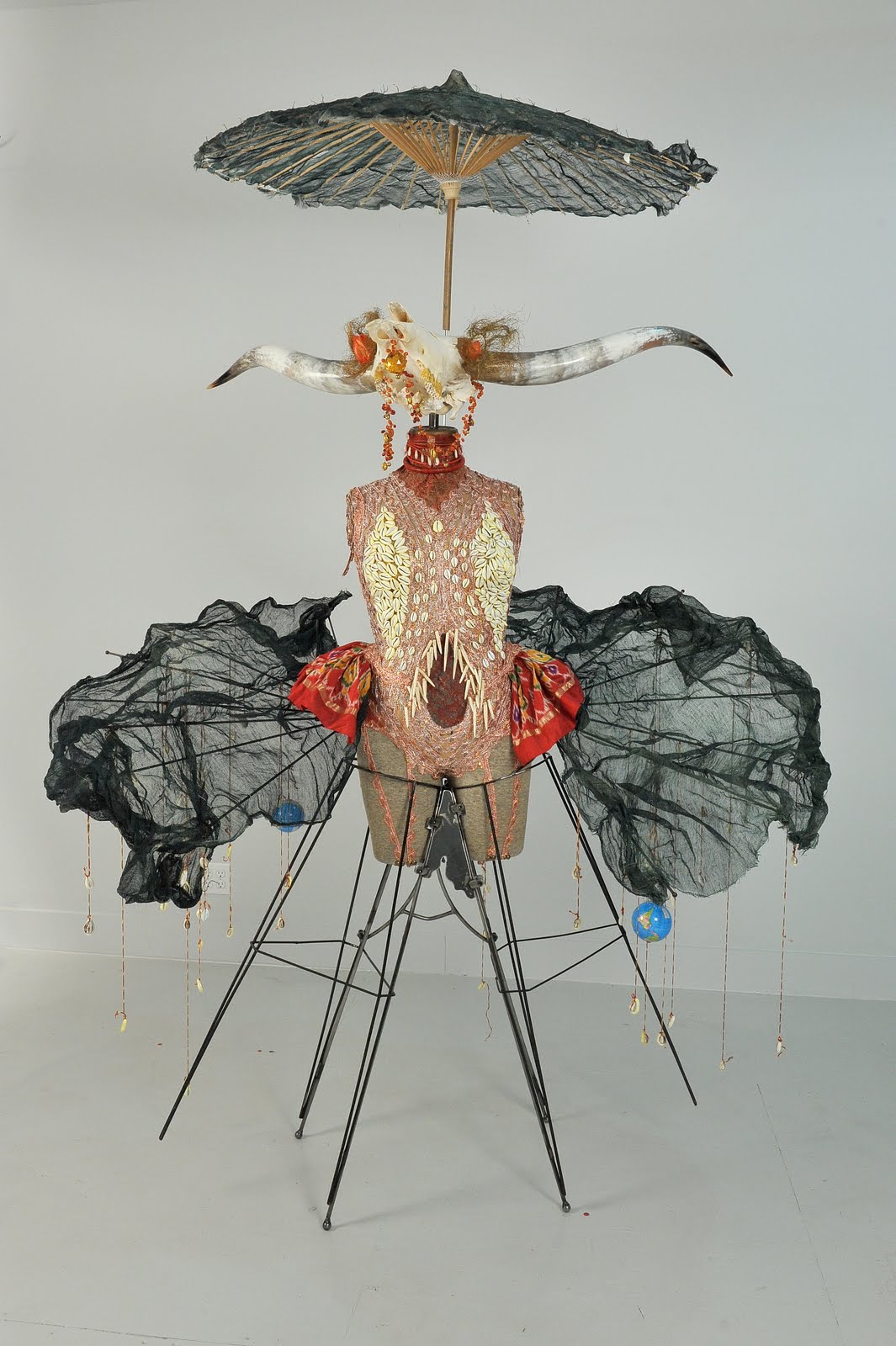
FONG QI WEI
Singapur Zeitgemälde
“In dieser Reihe animierter Kunstwerke, bei denen es sich im Wesentlichen um verlangsamte Versionen der Serie Time in Motion handelt, lade ich Sie ein, den Verlauf von Momenten durch eine Landschaft zu erleben. Vielleicht verstehen wir, dass, obwohl alle Momente vergänglich sind, alle Momente gleichermaßen unseres Respekts würdig sind, weil sie Teile eines größeren Ganzen sind. Jede Zeitschleife wird manuell erstellt. Ich habe jeden Moment eines Sonnenuntergangs oder Sonnenaufgangs mit einer Digitalkamera festgehalten und diese Momente manuell in Time Paintings eingefügt. Schließlich wurden verschiedene aufeinanderfolgende Zeitbilder zusammengestellt, um ein Bewegungsgefühl zu erzeugen, das in einigen Werken kaum wahrnehmbar ist, wie Wolken, die über einen Himmel zeihen.” Fong Qi Wei













